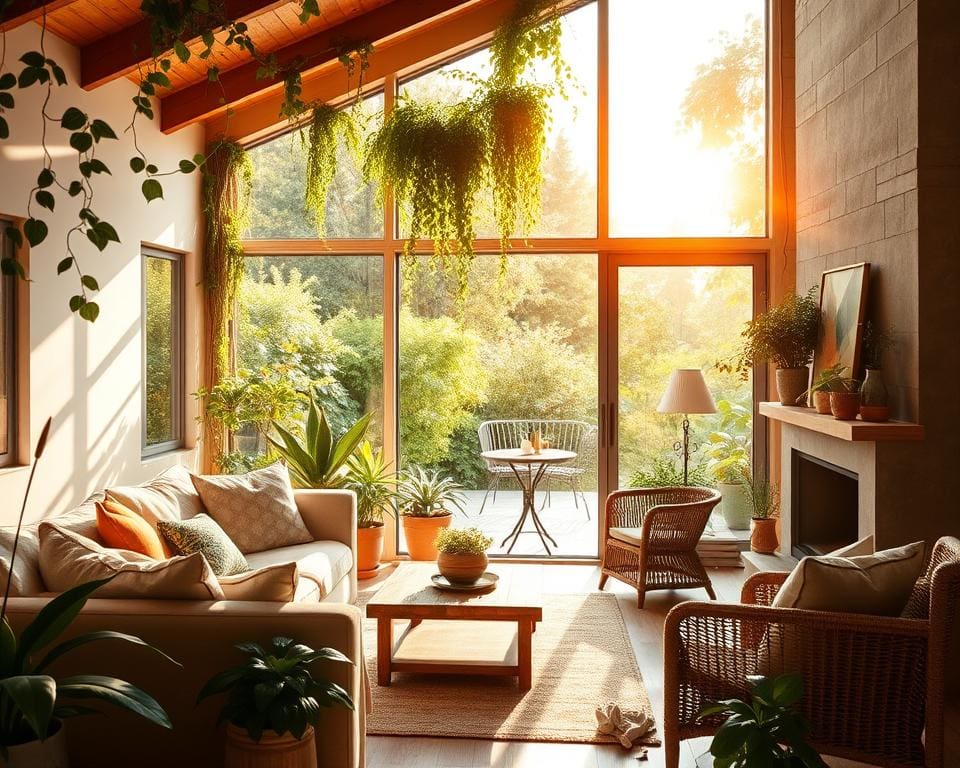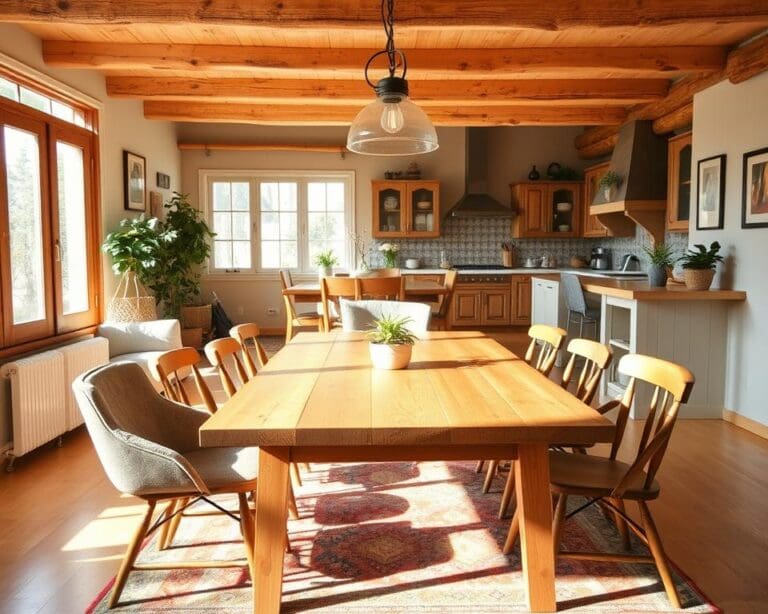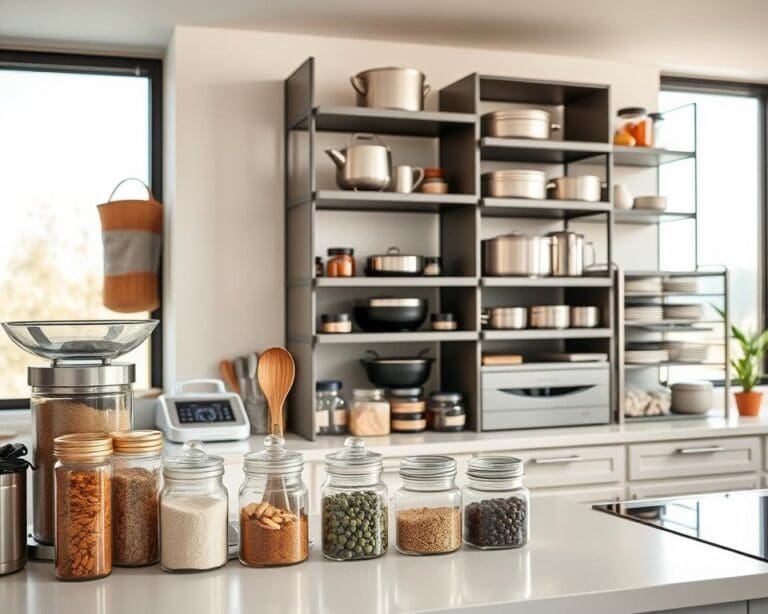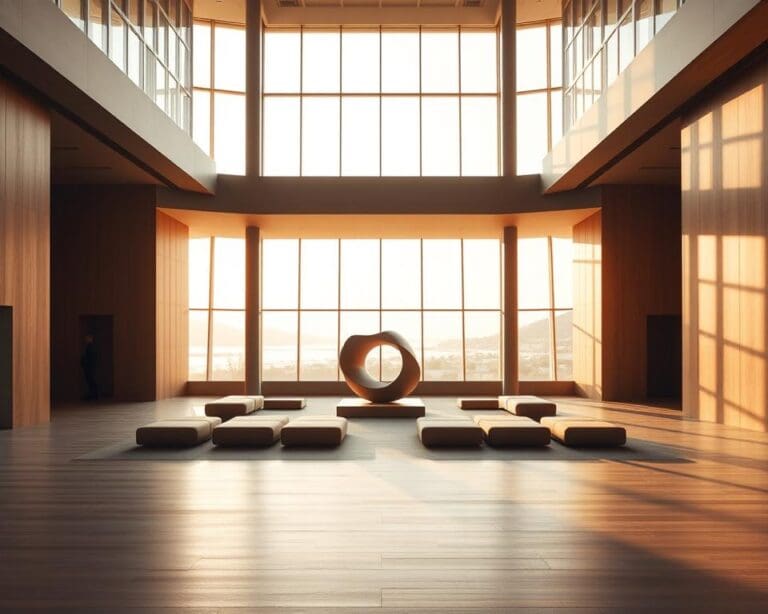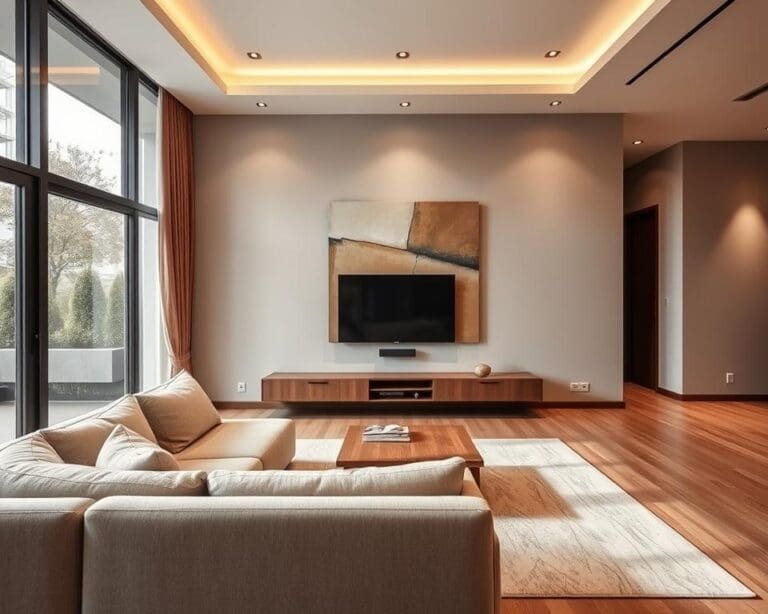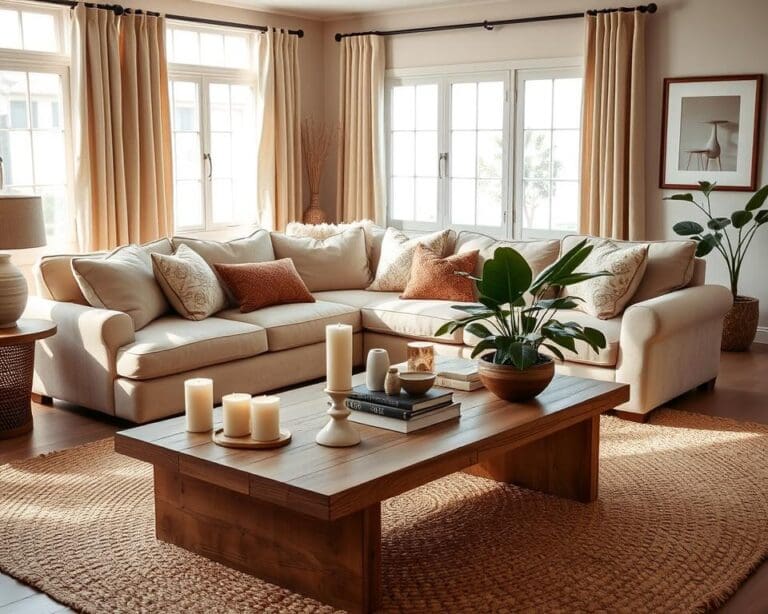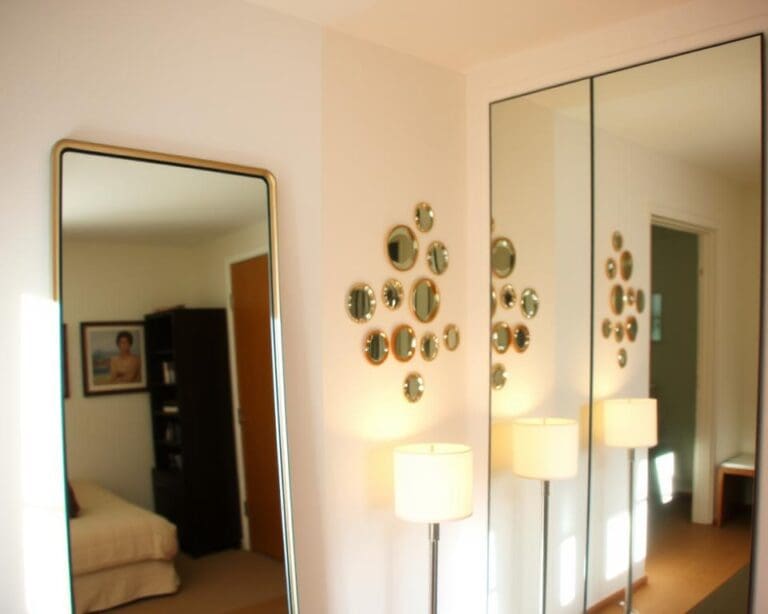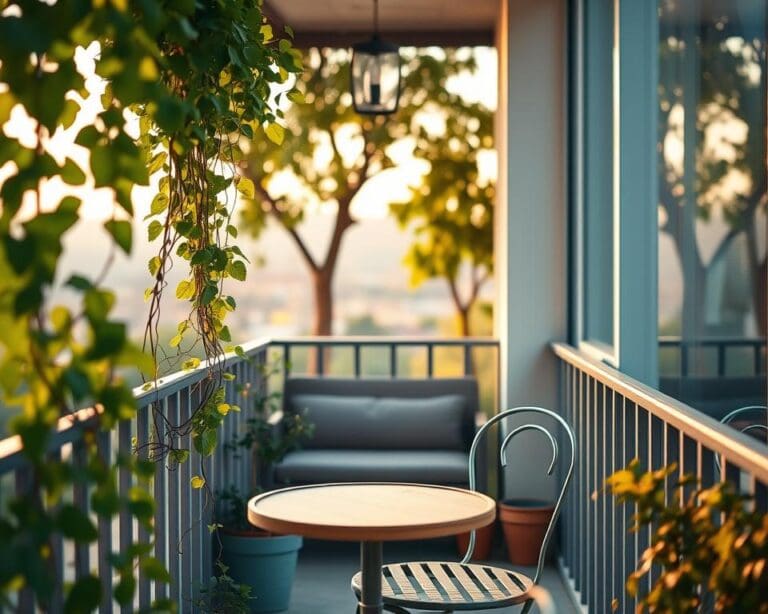In the UK, the concept of blending indoor and outdoor living is becoming increasingly popular, as homeowners seek to enhance natural light and create spaces that embody home harmony. The allure of seamless living lies in its ability to connect our interiors with the beauty of the outdoors, allowing for a tranquil yet vibrant atmosphere. By embracing open-plan designs and biophilic principles, we can cultivate a lifestyle that promotes well-being in an increasingly urban environment. Consider how you can transform your home with innovative outdoor decor and imaginative solutions that enrich your living spaces.
Understanding the Concept of Seamless Living
Creating a harmonious balance between indoor and outdoor spaces enhances the concept of seamless living. This dynamic interplay invites nature into the home, enriching both aesthetic appeal and functionality. Achieving an effective indoor-outdoor flow contributes to this goal, establishing a more connected living experience.
The Importance of Indoor-Outdoor Flow
Achieving an excellent indoor-outdoor flow can transform the way inhabitants experience their homes. Open spaces supported by large sliding doors or bi-folding windows create an effortless transition between indoors and outdoors. Such designs not only foster a sense of spaciousness but also increase exposure to natural light. This has tangible benefits, such as improved airflow and a boost in mental well-being, as studies highlight a positive correlation between natural environments and enhanced psychological health.
Benefits of Blending Spaces
Exploring the benefits of blending indoor and outdoor areas reveals numerous advantages. By incorporating similar design elements throughout, homes feel more unified while offering a continuous visual experience. Homeowners enjoy increased opportunities for relaxation and socialisation, leading to enriched lifestyles. The seamless living approach ultimately supports a healthier environment, encouraging inhabitants to spend more time in nature, which greatly contributes to overall life satisfaction.
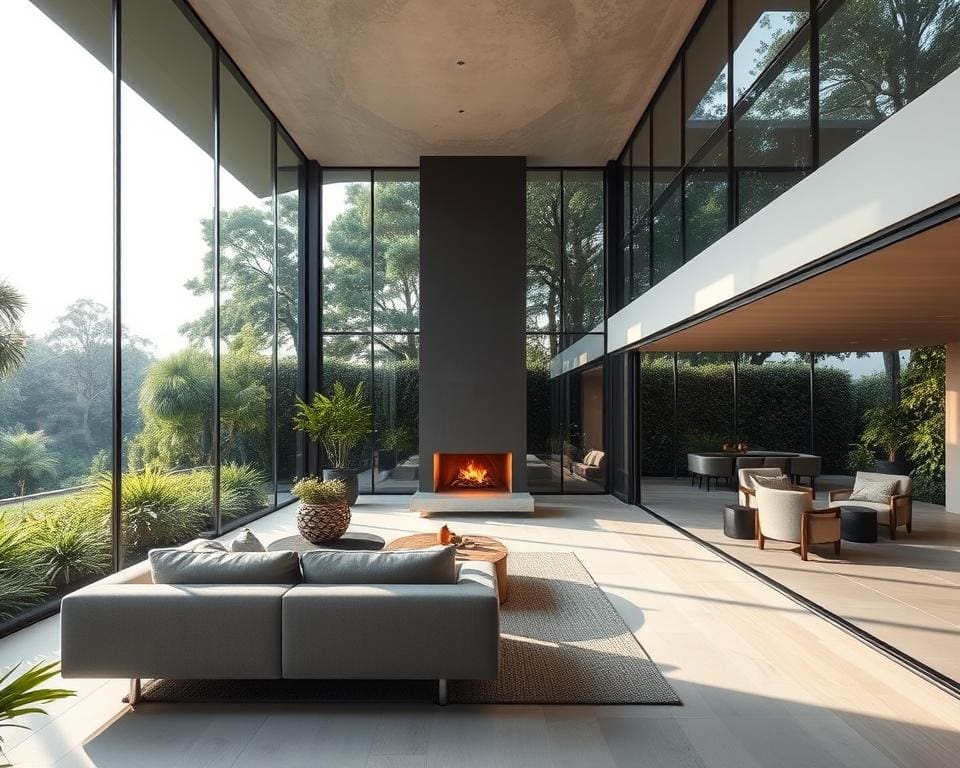
Strategic Use of Natural Light
Harnessing natural light within your home holds the key to enhancing its aesthetic appeal and overall atmosphere. Effective lighting strategies can create a sense of spaciousness, brighten up interiors, and reduce reliance on artificial lighting. The interplay of window design and door types significantly contributes to the quality and quantity of natural light entering your spaces.
Maximising Sunlight in Your Home
To make the most of sunlight, carefully consider the orientation of your windows. South-facing windows tend to receive the most light during the day. Using reflective surfaces and light-coloured walls can help distribute natural light more evenly throughout your home. Keep spaces uncluttered to allow sunlight to flow freely. Consider incorporating skylights, as these fixtures can bring additional light into areas that might otherwise remain dim.
Choosing the Right Windows and Doors
When selecting windows and doors, the design plays a crucial role in light optimisation. Bifold and sliding doors, for instance, offer expansive openings that blur the lines between indoor and outdoor areas, allowing more light to flood in. Double-glazing offers energy efficiency, ensuring that your home maintains a comfortable temperature while welcoming ample natural light. Furthermore, smart glazing technologies can significantly reduce UV exposure while still permitting the warm glow of sunlight. These choices not only enhance your home’s appearance but support a sustainable lifestyle.
Tips for blending indoor and outdoor living
Creating a seamless connection between indoor and outdoor spaces can significantly enhance your home’s aesthetic and functionality. Emphasising inviting transition areas not only encourages flow but also fosters a harmonious interior. Here are some effective blending tips to get you started.
Creating Inviting Transition Areas
Transition areas act as gateways between indoor and outdoor living spaces. Use materials such as natural stone or wood for patios to establish a seamless visual link. Lighting plays a vital role; soft, ambient lights can guide guests and create a welcoming atmosphere during the evening hours. Consider paths that lead fluidly from indoors to your garden, allowing the eye to roam easily.
Incorporating Similar Decor Styles
To create a cohesive look, adopt similar decor styles in both your indoor and outdoor environments. This can be achieved through a unified colour palette that flows effortlessly from one area to another. Textiles like indoor-outdoor rugs can add comfort and style, while furniture that serves dual purposes can enhance the functional aspects of your space. Maintaining a consistent theme across both areas creates a more enjoyable living experience.
Selecting Appropriate Furnishings
Creating a seamless transition between indoor and outdoor spaces requires careful consideration of appropriate furnishings. Choosing the right pieces not only enhances the aesthetic appeal but also ensures comfort and durability. Selecting indoor-outdoor furniture that withstands the elements is essential, especially in a climate that can be unpredictable.
Durable Outdoor-Indoor Furniture Choices
Investing in durable furniture will afford long-term enjoyment of your living areas. Here are some popular brands known for their high-quality offerings:
- Rattan & Co: Renowned for their stylish yet robust pieces, ideal for both indoor and outdoor settings.
- Kettler: This brand offers a range of weather-resistant options, focusing on comfort and elegance.
- Garden Trading: Known for their sustainable materials, these designs will blend seamlessly with nature.
When selecting outdoor-indoor furniture, consider materials such as teak and aluminium for their impressive durability, ability to resist harsh weather, and in some cases, low maintenance needs.
Colour Schemes that Harmonise Spaces
The harmony of colour schemes plays a pivotal role in crafting an inviting atmosphere. To achieve a cohesive aesthetic:
- Choose a palette that reflects natural elements, such as earthy tones or soft pastels.
- Incorporate textiles that mimic indoor colours for cushions and throws, thereby bridging both environments.
- Use decorative accessories and plants that resonate with your overall colour theme.
By focusing on appropriate furnishings and cohesive colour schemes, the indoor-outdoor living experience can be both stylish and inviting.
Emphasising Nature with Greenery
Integrating greenery into your indoor and outdoor spaces enhances the sense of serenity and connection to nature. A well-thought-out selection of indoor plants can thrive outdoors, creating visual continuity between living areas. This blend not only fosters a more cohesive plant scheme but also promotes the principles of green living, encouraging biodiversity within your space.
Indoor Plants that Thrive Outdoors
Many indoor plants can adapt remarkably well to outdoor conditions with the right care. Consider the following options for your garden:
- Ferns – These hardy plants can flourish in shaded areas, adding lush greenery to your outdoor environment.
- Geraniums – Known for their vibrant blooms, these pots look beautiful both indoors and outdoors.
- Snake Plant – This resilient plant can withstand various conditions, making it suitable for sunny spots outside.
- Spider Plant – Excellent for hanging baskets, this plant delivers a relaxed, cascading look.
Designing a Cohesive Plant Scheme
A cohesive plant scheme blends the beauty of indoor and outdoor plants, creating a seamless transition. Here are some strategies to achieve this:
- Choose a consistent colour palette that reflects your home’s decor.
- Incorporate plants in varying heights and textures to create visual interest.
- Utilise decorative pots that align with your interior design while being weather-resistant for outdoor use.
- Group plants with similar care requirements together to simplify maintenance.
Creating Functional Outdoor Living Areas
Transforming your outdoor spaces into functional outdoor living areas enhances both relaxation and entertaining possibilities. A well-designed outdoor lounge, along with thoughtfully incorporated cooking zones and dining areas, allows for seamless enjoyment of nature while benefiting from the comforts of home.
Setting Up a Comfortable Outdoor Lounge
Creating a comfortable outdoor lounge involves choosing durable furnishings tailored to withstand various weather conditions. Consider the following elements:
- Selection of weather-resistant sofas and chairs to provide ample seating.
- Incorporation of cushions and throws to enhance comfort.
- Strategic placement of shade structures, such as pergolas or umbrellas.
- Inclusion of ambient lighting, such as string lights or lanterns, for evening enjoyment.
With these details, your outdoor lounge will become a perfect spot for relaxation and informal gatherings.
Incorporating Cooking and Dining Zones
Cooking zones extend your culinary adventures outside, making al fresco dining a regular occurrence. Here are popular features to consider:
- Installation of outdoor kitchens equipped with grills and food preparation areas.
- Incorporation of dining areas that cater to both intimate meals and larger gatherings.
- Use of outdoor dining tables that harmonise with the lounge space.
Maximising these cooking zones and dining areas ensures that your outdoor living experience is not only practical but enjoyable, encouraging you to host memorable meals with family and friends.
Seasonal Adaptations for Year-Round Enjoyment
To truly enjoy the benefits of blended indoor and outdoor living, it is essential to consider seasonal adaptations that allow your spaces to remain inviting throughout the year. One effective strategy is to choose weather-resistant materials for outdoor furnishings, such as those from manufacturers like Kettler and Alexander Rose, which can withstand the challenges of the UK’s varied climate. This choice not only enhances durability but also ensures that your outdoor enjoyment does not wane with the changing seasons.
Heating solutions are another critical factor for year-round living. Installing outdoor heaters or fire pits can create a warm and cosy atmosphere for those chilly autumn evenings or winter gatherings. Additionally, utilising soft furnishings like layered throws and cushions can help create comfortable areas on your patio and integrate seamlessly with your indoor space, emphasising the indoor-outdoor flow you desire.
Lastly, transitioning your decor with the seasons can dramatically enhance your outdoor enjoyment. Simple changes, such as swapping out summer cushions for plush, warmer textures in autumn, can make spaces feel refreshed and inviting as the months progress. By being mindful of weather considerations and adapting your living spaces accordingly, you can foster a nurturing environment that embraces the beauty of each season, ensuring that your home remains a sanctuary no matter the time of year.

